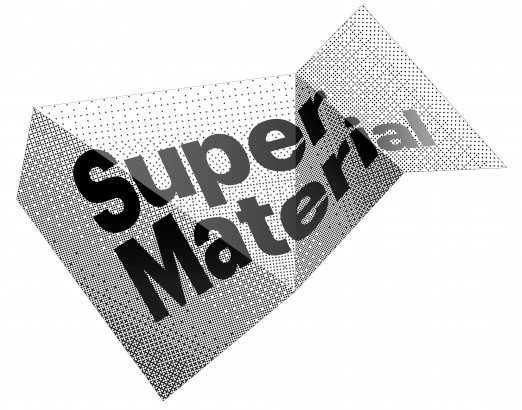Researchers at University of Wisconsin-Madison created a wooden floor that produces electricity from our steps.
The floorboards are made from wood pulp. The cellulose nanofibres in wood pulp can be chemically treated to produce an electrical charge when they come into contact with untreated nanofibers.
When the nanofibers are embedded within flooring they’re able to produce electricity that can be harnessed to power a home's lights and other low-power appliances.
The technology used by The UW–Madison team is called a triboelectric nanogenerator (TENG) It is a different technology to piezoelectricity where electrical energy is harvested from mechanical pressure such as walking motion.
Because wood pulp is inexpensive and sustainable, flooring including this new technology could be affordable.
Further information, research methods and conclusions are available from University of Wisconsin–Madison

